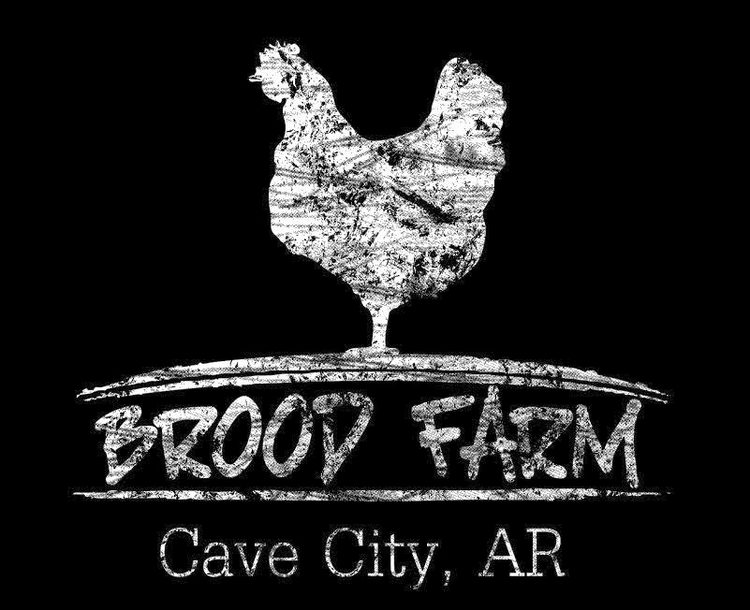For two folks with degrees in the humanities, projects like this one are a HUGE challenge. This is not our first time to the chicken-tractor-building party, but it was certainly our first time to undertake an engineering challenge like the one these wheels presented.
As you can see in the video, each wheel sits flush to the ground until the paddle is flipped, raising it off the ground for easier movement. I think they turned out okay, but there were lots of botched attempts and re-configurations along the way. The good news is that it's complete. The even better news is that we still love each other at the end of the project.
This new tractor is 8 feet by 8 feet -- that's twice the square footage of our other two. We will be able to house quite a few more pullets in this one and will be able to use it to raise meat birds as well as hens to add to the laying flock.
For those who are interested in the specifics . . . we used treated lumber and screws intended for outdoor use and treated wood. The tractor is 2 ft. tall, which allows us to use the 24" chicken wire and wrap the entire thing in one long strip (this is important because we've found that the weakest places in the chicken wire are where we've had to cut and attach). The covered 4'x8' section is covered perfectly by 2 sheets of metal -- no cutting required. And, the 2'x4' hatch door is hinged to an additional 2'x4' area that can also be lifted out. This allows us to use just the small hatch for day-to-day maintenance but also make use of the entire 4'x4' hole when we are having to catch and remove birds. And, we decided to invest in an air-compressor-powered staple gun so that the chicken wire is more securely attached than it has been on our past tractors.
Now that we know how the wheels work, we may go back and retrofit our other chicken tractors. But, that will be work for another day.
Now, it's time to order some more chicks!

